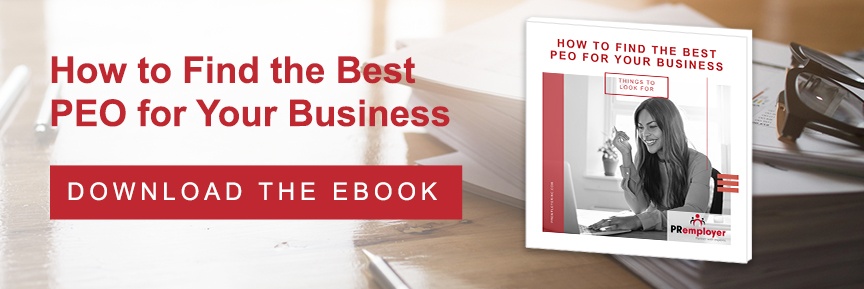
Attracting top talent to your business starts with providing key employee benefits, and a retirement plan is part of that. In addition, having a retirement plan for your employees provides tax benefits and savings and helps both you and your employees save for retirement.
However, if you are like most business owners, there are some aspects of retirement plans that you’re likely overlooking. Though these should not stop you from having a small business retirement plan, you do need to be aware of them when evaluating your options. Here are four things many small business owners don’t know about their retirement plans.
1. Liability
As an employer, you have a legal obligation to ensure that your small business retirement plan is managed in the best interests of your employees. This is known as fiduciary liability. If you offer an employer-sponsored retirement plan, you take on the liability risk, and must ensure that the plan is helping your employees reach their financial goals. Laws and penalties have gotten stricter over the years, so it’s important to thoroughly understand what having fiduciary liability entails.
2. Cost
Managing a retirement plan takes time and effort, and most companies pay at least $8,000 to $25,000 for someone to manage their plan. Employees have to pay a fee, too, which increases depending on the size of your company.
Understanding these fees is not simple, as there are several different types of fees, including administrative costs and management expenses. You can expect to pay:
-
Asset-based fees – These are based on the number of assets in the plan and are typically around 2 to 3 percent.
-
Per-person fees – These fees are per participating or eligible employees and can range quite a bit from plan to plan.
-
Flat-rate fees – A flat-rate fee charged for the plan regardless of its size.
-
Transaction-based fees – These are fees per service or transaction taken with the plan.
Make sure to have a clear understanding of these costs before you sign up for any small business retirement plan.
3. Auditing
According to the IRS, any company-sponsored retirement plan that has 100 or more participants must have an external audit. To complete the audit, you must hire an outside accountant who will help you fill out and submit Form 5500 from the IRS. This process is extensive and can take four to six weeks to complete, so make sure you plan ahead. These audits will cost you time and money, so it is an important factor to consider when evaluating retirement plans.
4. Compliance
As plan sponsor, another responsibility is to ensure that your retirement plan is compliant with government rules and regulations. To do this, you must complete compliance testing every year to ensure your retirement plans are following all current legislative regulations. For example, if a new law is passed that pertains to employer-sponsored retirement plans, you will need to make the required adjustments. Although it’s necessary, ensuring compliance adds to the time and money you will spend on your small business retirement plan.
So how can you add the benefit of a retirement plan to your company without the extra time and stress that comes with it? Working with a PEO is the best solution for small businesses. A PEO, like PRemployer, comes alongside as a co-sponsor of the plan - taking on the liability, managing the plan, performing the audit and handling compliance. This saves you time and money, ensures you are protected, and puts your retirement plan needs in the hands of those who are experts at managing the risks.

